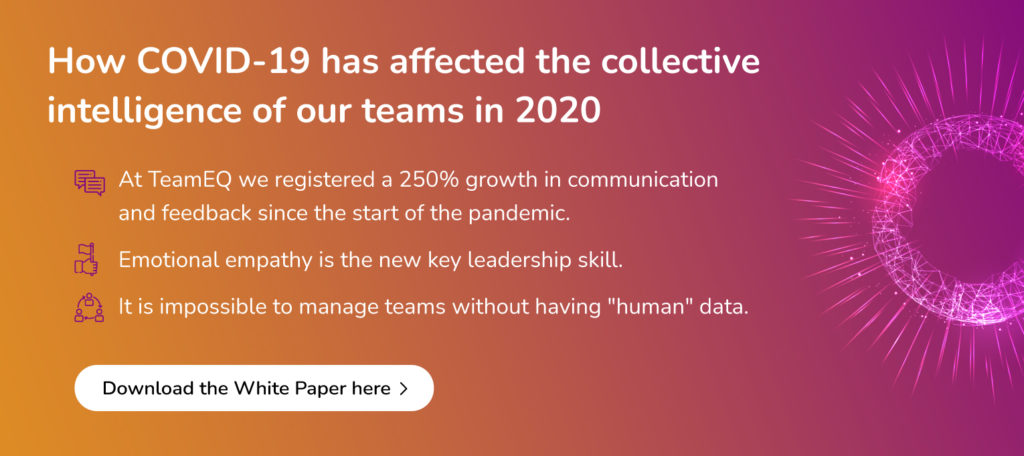A feedback model for awkward conversations
“He doesn’t care lately. I have asked him several times if everything is going well and he says yes, but clearly something happened.
Maybe he’s going through a bad time and that’s why he’s more clueless.
Maybe we can do things differently to be more efficient … I don’t know.
We should sit down and calmly talk about how he is feeling because we cannot continue like this
We are constantly late on projects and in the end, I am the final person responsible for projects to come out and if they don’t come out, it’s clear that something has happened.
But I also don’t want him to think that I’m calling him lazy. I don’t know how to tell him!
Have you ever felt this way? As a manager, you will have to face a lot of moments like this. I call these moments “inspiringly awkward conversations”. They are uncomfortable because it is easier for things to flow without discussion and having to lecture anyone. However, they are inspiring because they give you another point of view, enrich you as a person and boss, and make you better.
You will have multiple moments like this and it’s not worth pretending as if nothing happened or throwing hints and waiting for the other person to catch on. This will cause a slippery slope.
You have to take the bull by the horns and assume responsibility as the manager.
To do this, calm down and plan what you want to say before a conversation, so you do not say anything you do not mean. In this preparation stage, I follow a model of feedback that works well and that I want to share so that you can use it in your “inspiringly uncomfortable conversations”.
It’s called FEED, and now I’ll tell you where the acronym comes from:
F = Facts. Communicate the concrete fact about why you’re having a conversation with this person. Ex: “We have delivered the last 3 projects late”.
E = Expectations. Tell them what is expected so that they are clear about your expectations. Ex: “I hope to deliver everything on time and that if there is any problem, tell me so that we can figure out how to solve it before the deadline.”
E = Emotions. Explain how it makes you feel. Ex: “It frustrates me to be unaware of what’s happening and that you don’t let me know in advance that we’re going to miss a deadline and then it’s too late to find a solution”.
D= Demands. What you want the person to do in the future. Ex: “If a week before the deadline you notice that we may not finish the project or assignment, let me know and we will find a solution”.
With these 4 simple steps, you can structure what you want to say to the other in a very objective and clear way.
There are times when the other person doesn’t know what we expect from them or doesn’t know how it’s affecting us or maybe doesn’t even realize everything that’s not working. Whatever it is, it is better to communicate the issue.
Grow with your team!
And if you want to discuss a specific case with me or have any questions, book your PRO version here.
Ph: Pexels




